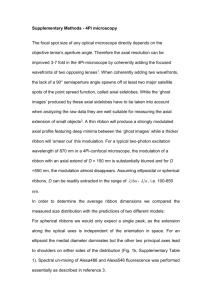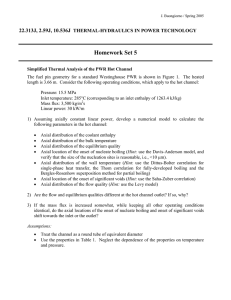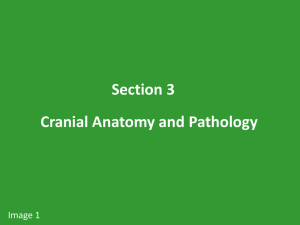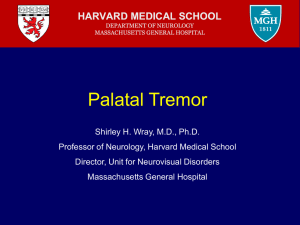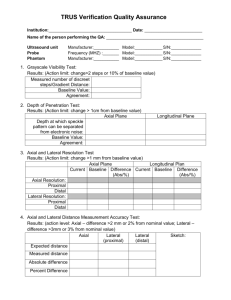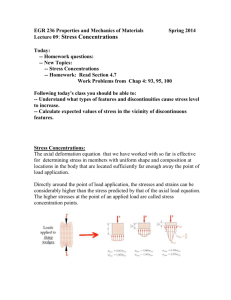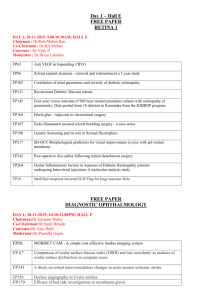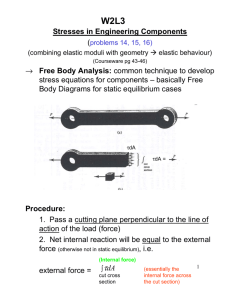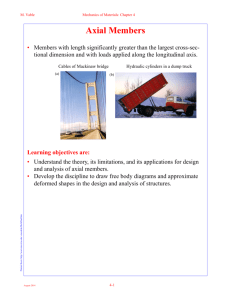PIBIC Last Name - Pereira First Name
advertisement
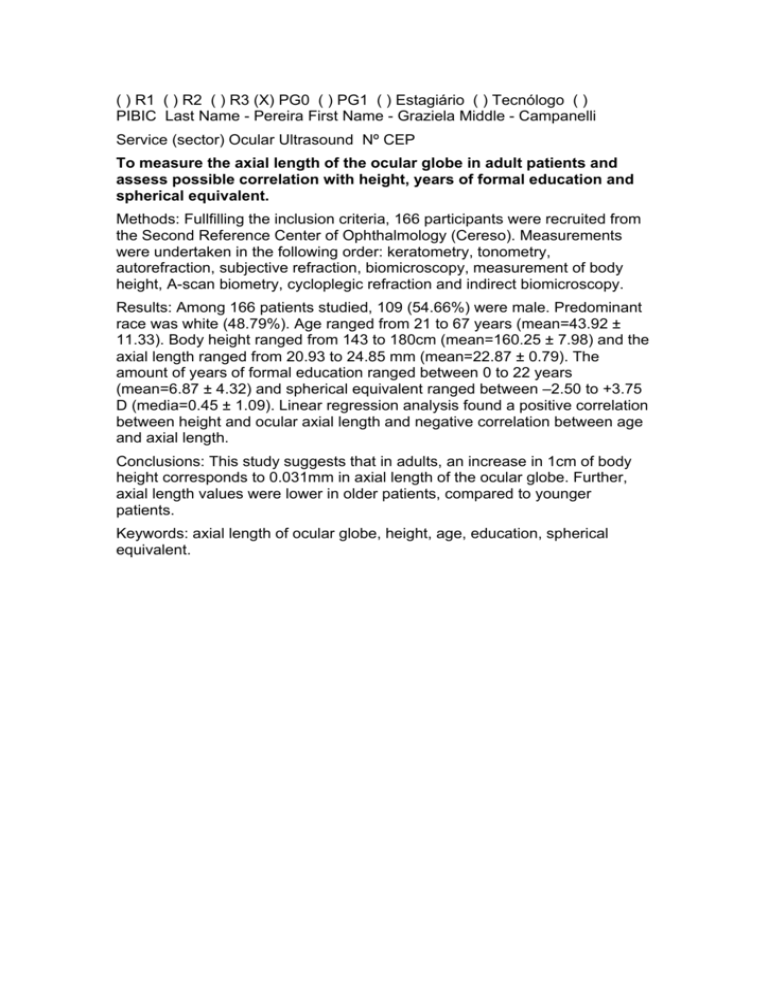
( ) R1 ( ) R2 ( ) R3 (X) PG0 ( ) PG1 ( ) Estagiário ( ) Tecnólogo ( ) PIBIC Last Name - Pereira First Name - Graziela Middle - Campanelli Service (sector) Ocular Ultrasound Nº CEP To measure the axial length of the ocular globe in adult patients and assess possible correlation with height, years of formal education and spherical equivalent. Methods: Fullfilling the inclusion criteria, 166 participants were recruited from the Second Reference Center of Ophthalmology (Cereso). Measurements were undertaken in the following order: keratometry, tonometry, autorefraction, subjective refraction, biomicroscopy, measurement of body height, A-scan biometry, cycloplegic refraction and indirect biomicroscopy. Results: Among 166 patients studied, 109 (54.66%) were male. Predominant race was white (48.79%). Age ranged from 21 to 67 years (mean=43.92 ± 11.33). Body height ranged from 143 to 180cm (mean=160.25 ± 7.98) and the axial length ranged from 20.93 to 24.85 mm (mean=22.87 ± 0.79). The amount of years of formal education ranged between 0 to 22 years (mean=6.87 ± 4.32) and spherical equivalent ranged between –2.50 to +3.75 D (media=0.45 ± 1.09). Linear regression analysis found a positive correlation between height and ocular axial length and negative correlation between age and axial length. Conclusions: This study suggests that in adults, an increase in 1cm of body height corresponds to 0.031mm in axial length of the ocular globe. Further, axial length values were lower in older patients, compared to younger patients. Keywords: axial length of ocular globe, height, age, education, spherical equivalent.

